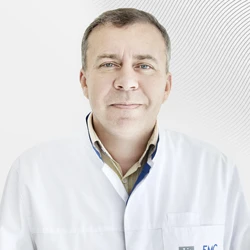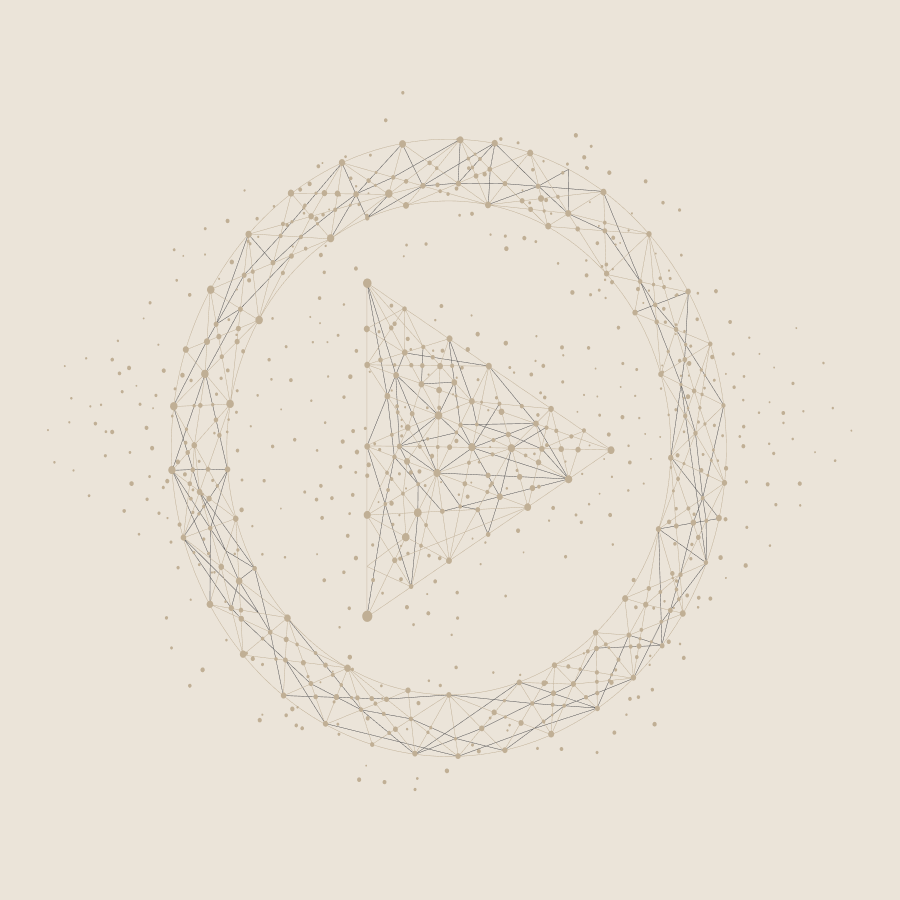Schizophrenia is a group of psychiatric disorders in which dopamine receptors in the brain are disrupted.Schizophrenia is characterized by problems with thinking, cognitive and emotional disorders.
Advantages of treatment of schizophrenia in EMC

Schizophrenia is treated with new generation drugs, which reduces the risk of side effects.

The treatment plan necessarily includes psychoeducational therapy, which teaches the patient and his relatives to stop the symptoms of the disease
in time

Own hospital with round-the-clock patient monitoring
Symptoms and signs of schizophrenia
Schizophrenia causes motivational disorders. Sometimes patients have to relearn how to shower regularly, change clothes, brush their teeth, and cook. During treatment, it is very important that the patient is accompanied by a multidisciplinary team of doctors, as he may have side effects and exacerbation of several chronic diseases at once. They can significantly affect the course of symptoms, primarily neurological and endocrinological diseases.
There is a big misconception that patients diagnosed with schizophrenia are dangerous to others. They rarely behave aggressively towards others, but they can also harm themselves. If it seems to them that someone is following them, they, on the contrary, will try to avoid contact with people. In any case, patients with schizophrenia require the supervision of specialists who will help them, despite the disease, establish relationships with relatives and loved ones, stop the first symptoms of the disease, and restore social life.
The signs of schizophrenia are divided into three groups: there are positive, negative and cognitive symptoms. The most noticeable ones are positive. A person with the disease begins to feel that someone is interfering in his thought process, he hears other people's voices in his head. Another striking sign is impaired thinking. Schizophrenia leads to the fact that a person cannot objectively assess reality. Negative symptoms are manifested by emotional disorders: most often it is an apathetic state of the patient, he does not want anything, he stops taking care of himself.
With depression, people understand that such behavior is abnormal and are critical of it, and patients often do not even notice signs of apathy. Cognitive symptoms in patients with schizophrenia include impaired memory, concentration, and decreased mental function and performance. Among the signs that also often occur are delusions and hallucinations. But these can also be symptoms of various other psychiatric illnesses. One of the most striking and distinctive signs of the disease is a violation of the stimulating function of the brain and human will.
Causes of the disease
Schizophrenia is not such a common disease: it affects from 0.8 to 0.9% of the world's population (about 8-9 people per 1,000 adults). Like depression, it is a multifactorial disease, so it is almost impossible to determine the exact cause. A patient with schizophrenia may have a predisposition to this disease, and additional factors that stimulate the development of the disease are superimposed on it. Childhood trauma is one of the risk factors for patients diagnosed with schizophrenia, so the circumstances and atmosphere in which a child grows up and is brought up are very important.
Scientists have conducted numerous genetic studies, but the "gene" responsible for the development of the disease has not been identified. That is why it is impossible to consider a genetic predisposition as the cause of schizophrenia. Even if one parent has schizophrenia, the risk of the child getting sick is no more than 5-7%; if both parents have the disease, the risk increases to 15%. An interesting fact about identical twins: despite identical DNA, if one of them has schizophrenia, the other is 48% susceptible to the disease.
Regular drug use is considered one of the potential causes of schizophrenia, but in this case it is impossible to predict the risks.
Men and women suffer from schizophrenia equally often, but at different times in their lives: men are more likely to develop schizophrenia in adolescence, and women in adulthood. Men most often develop schizophrenia at an earlier age — on average, the peak occurs at 18-19 years of age. In women, schizophrenia can occur in two periods of life. The first one, as a rule, is not earlier than 27 years old. Then the risks become less – until menopause occurs, a period of decreasing levels of estrogens, which are indirectly involved in dopamine transmission. One hypothesis is that estrogens have a protective factor, so women sometimes develop schizophrenia when the amount of estrogen in the blood decreases.: this may also be one of the reasons why the disease began to develop.
Classification
There is an international classification of diseases: according to it, schizophrenia has several forms, depending on the leading syndrome. There are paranoid, catatonic, hebephrenic, and undifferentiated forms.
First, let's look at the paranoid form: it is most often manifested by perceptual ideas. It seems to a person that someone is following him, and he may also experience pseudo-hallucinations in the form of a feeling that other people's voices are being heard in his head.
Characteristic symptoms of catatonic schizophrenia are motor disorders with fading and freezing in bizarre poses. For example, a person stands for a long time and looks at the wall, or when lying down, holds his head as if it were on a pillow, but in reality it is not.
In the hebephrenic form of schizophrenia, the behavior of a person with this diagnosis can show signs of childishness and foolishness.
The undifferentiated form is manifested by a combination of symptoms of all three of the above-mentioned types of schizophrenia.
A simple form of the disease is distinguished separately: in this case, it is a disease that manifests itself mainly with negative symptoms.
Diagnosis of schizophrenia
Before making a diagnosis, it is important for a specialist to carry out a number of diagnostic measures. First, if schizophrenia is suspected, it should be ruled out that a person does not have a brain pathology and that these symptoms are not the result of other causes (use of surfactants, infectious diseases of the brain, neoplasms, epilepsy, etc.). Doctors conduct various studies to exclude epilepsy, the presence of tumors or other brain diseases the brain.
Magnetic resonance imaging (MRI) and electroencephalography (EEG) are performed for this purpose. Then the specialists conduct pathopsychological testing, which helps to identify disorders of thinking, logic and other symptoms of schizophrenia. Depending on the individual symptoms of each person, doctors may prescribe additional tests. The patient should be examined by a multidisciplinary team of specialists.
Treatment and prevention
The first and main method of treating schizophrenia is medication, which is the initial stage of the fight against the disease. After the acute phase is relieved, the program includes auxiliary methods to combat symptoms, such as psychosocial therapy, psychoeducational work with relatives and patients, long–term rehabilitation, and, if necessary, transcranial magnetic stimulation (TMS).
Drug treatment for schizophrenia
To combat schizophrenia, drugs that act on the dopamine system are used — blockers of dopamine (D2) and other receptors. These are antipsychotic drugs.
The early stage of the fight against schizophrenia is a relief treatment during the acute phase, when it is necessary to smooth out the symptoms as much as possible and normalize the patient's behavior.
Treatment, as a rule, takes place in a hospital – either around the clock or during the day, depending on the conditions, condition and consent of the patient with a diagnosis of schizophrenia for treatment.
Psychosocial therapy and rehabilitation
Schizophrenia requires treatment by such a method as psychosocial therapy — psychological support for the patient, which includes providing detailed information about the disease, treatment methods and ways to overcome symptoms with the construction of a rehabilitation plan.
Psychologists also work with the patient's relatives and friends: they are taught how to recognize the first symptoms of an exacerbation, what to do, how to help their loved one and where to seek help.
A patient with a diagnosis of schizophrenia is managed at the EMC by a team of specialists – a psychiatrist, psychologist and psychotherapist. There is also a social psychologist who monitors the patient's daily schedule, makes up a regime for him, and thinks about how to organize his employment.
Transcranial magnetic stimulation
After the first stage of schizophrenia treatment, auxiliary methods can be used, such as transcranial magnetic stimulation, which is used for drug resistance. This is a modern method of influencing certain areas of the patient's cerebral cortex using a magnetic field. The procedure takes place in a comfortable way for a person, he does not feel any pain symptoms.






.webp)



